Combining Fabric Weaves and Weights
Create a stir with garments that combine textures, prints, fibers, and weaves.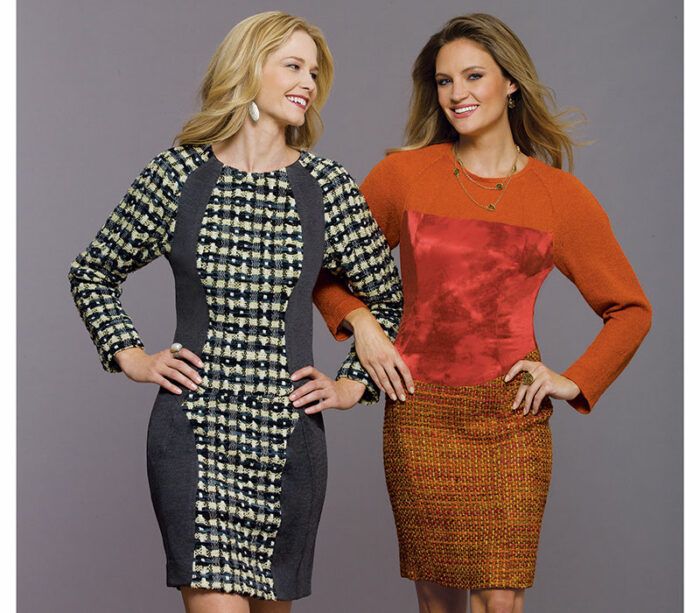
Synopsis: In Threads #164 (December 2012/January 2013) contributing editor Mary Ray creates a stir with garments that combine textures, prints, fibers, and weaves. Learn how to balance weaves and weights in article.
Combining two or more fabrics in the same garment has always been one of my sewing pleasures. I love the way one fabric can enhance another and turn a simple style into a complex creation. Combining fabrics is also a little trick I often use when I just don’t have enough of one fabric to complete a project.
Creating an artistic grouping, however, takes planning to get the best result. I’ll show you how to choose fabrics that work together visually and structurally and how to determine the best placement for multiple fabrics in the same garment. I’ll give you some tips on how to balance different fabric weights and ways to sew disparate fabrics together.
You’ll achieve unique results (no one else will make the garment in quite the same way), plus the ability to add or emphasize details or areas with your fabric choices.
Look, touch, & analyze fabrics

The first step in selecting fabrics to mix is to examine the fabrics you’re considering—whether you’re pulling them from your own shelves or wandering around a fabric store. Lay your choices out on a table in good light. If you can, place them on a dress form to get a feel for how they drape and fall as well as how they look on the surface. Most important, arrange them on yourself, and look in the mirror to preview how the final garment will look. I spend a lot of time on this process because I don’t want to be disappointed with the fabric choices after I’ve completed the garment.
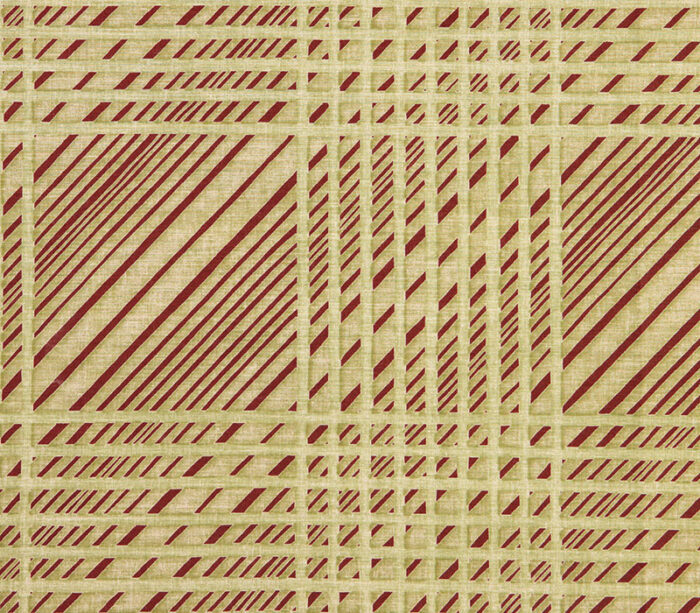
The most important consideration is the look—are the colors compatible, and do the prints, patterns, and textures complement each other? Next, consider the fabric type, the fiber content, the weave, and the weight. These are the issues that determine how the fabrics drape and/or hang together, how the finished garment feels on the body, and how to care for your garment when it’s completed. They’ll give you clues to the best sewing and pressing techniques to use and which stabilizers are appropriate.

Similarities aren’t required. Surprisingly, some of the most disparate fabric combinations can be successful. If you love the way they look together, you can usually find a way to make them work together.

Block or blend color
Color blocking is using two or more solid colors. The easiest way to attempt this is to start with a neutral (black, white, gray, brown, beige, or navy) for the larger garment sections then add a color or colors for smaller sections such as the sleeves, a yoke, or a hem band. Color blocking tends to give a graphic element to a design and is especially effective when colors are complementary. It creates a statement in itself and is probably most effective with plain-weave fabrics.
Color blending is more understated and relies on the value and intensity of colors as well as the hue.
When blending colors, the distinctions among them are subtle and may involve different shades of the same hue (a monochromatic color scheme), or different hues of the same value or intensity. Colors may sit close to each other on a color wheel, for example, combining a soft gray with a muted blue and green and a distinction that’s not as bold as in color blocking. Blended colors offer opportunities for fabric textures and prints to play a larger role.

A Color VocabularyHUE: A color’s name. For more on color, see the article, “Develop an Eye for Color” by Mary Ray in Threads no. 148. |
Join varied textures
Texture in fabrics can be visual, created by a pattern printed on the surface, or it can be tactile—a characteristic you can see and feel. Textures range from smooth and slippery to coarse and rough, from shiny to dull. Contrasting textures is a great way to add detail and surface design.

Mix prints mindfully

Working with printed and patterned fabrics is so much fun, but sometimes it’s hard to control the urge to use too many prints together in one garment. When combining prints, check the colors. For an easy approach, find a color that’s repeated in each print, and use that as the common denominator. However, blocks of separate colored prints can work successfully, as well. Vary the scale of multiple prints to keep the combinations interesting.

Consider fiber content

Many fibers are already blended in fabrics and combining fabrics from different fibers is usually not a problem. However, you need to know what you’re working with— especially when it’s time to press. For example, linen requires a high pressing temperature, which will melt polyester and some other synthetics. Consider colorfastness, too. Some
fibers never lose their color when washed. Others will almost always run when wet. When there’s a question, always test a fabric sample if you plan to wash the garment. Even if you plan to dry-clean, placing a dark color next to a white, for example, can be risky if the dark color is not colorfast.

How to balance weaves & weights
Joining fabrics of different weaves and weights is another opportunity for adding detail and interest to a garment. Loosely woven fabrics, lace, and novelty knits can complement tightly woven taffeta, velvet, menswear wools, and even denim. Treat them similarly to fabrics of varying textures. Use a knit and a woven together, a woven and leather, a knit and leather, chiffon and wool tweed, taffeta and denim. All of these combinations can offer wonderful creative results.

Give special consideration to how you stitch and finish the seams—each fabric type may require a different technique. You can compromise and use the best option throughout the garment or finish each seam differently. Other sewing considerations may involve reducing the fullness in a seam so it can be eased without difficulty; stabilizing a seam allowance on a stretchy fabric; overlapping edges instead of sewing right sides together; finishing edges differently on each fabric and making the transitions work.

Finish seams
Use seam finishes appropriate to each fabric. That may mean two different seam finishes on the same seam. Here is an example with a orange georgette and a multicolored loose weave. The fabric is too lightweight for binding, so I used a clean-edge finish. The loose weave is too irregular to turn under, and it frays easily, so I used a Hong Kong finish.

Balance weights
Apply interfacing and/or underlining to balance fabric weights. At right, the striped twill-weave linen-blend fabric overwhelms an uninterfaced cotton crepe. Tricot fusible interfacing adds body to the crepe, as shown in the example at far right.

Control seam allowances
Consider topstitching or edgestitching, for added detail, and to hold the seam allowances in place, especially when combining fabrics of varying densities. Stitching the seam allowances in place adds detail and keeps them out of the way.

Interface seams
Fuse a strip of interfacing to the fabric, before stitching, to stabilize the seam. This is especially important when a knit meets a woven. I also use it to stabilize a lightweight fabric sewn to a heavier material.

Match ease treatments to fabrics

Fabrics of varying weaves may require special treatment to achieve smooth curved seams, as in set-in sleeves or princess seams. Here’s a case in point for a princess seam. The side front is cut from a stable vinyl-coated canvas. It won’t fit a front piece without easing, and the treatment depends on the fabrics.
If you select a fabric that is not so tightly woven, the front edge can be stretched slightly before stitching to match the longer edge on the side front piece.
To ease a tightly woven microfiber front to the side front, I trimmed the side front at the curve and between the notches before stitching. This reduces the ease, to fit the pieces together smoothly. As long as the trimmed amount is no more than 1 ⁄ 4 inch, it should not influence fit much.
–Mary Ray is a Threads contributing editor.
From “Material Mix” by Mary Ray, issue 164 of Threads magazine.





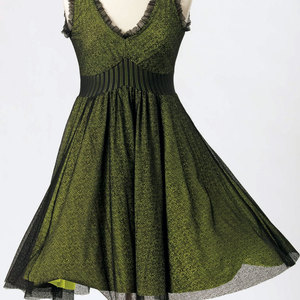
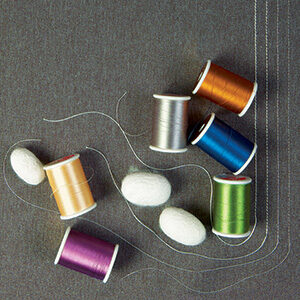


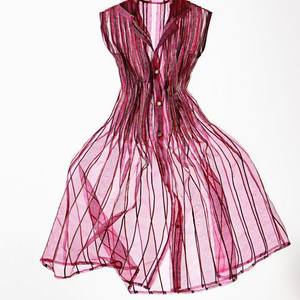


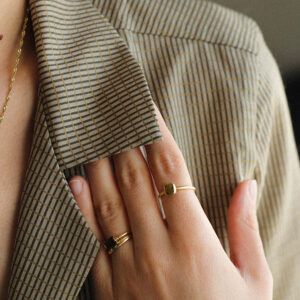
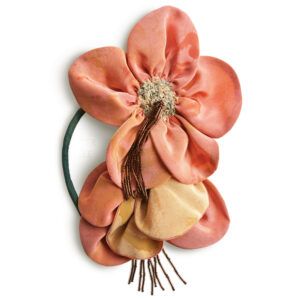
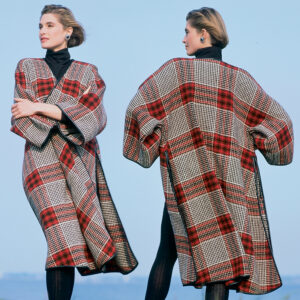

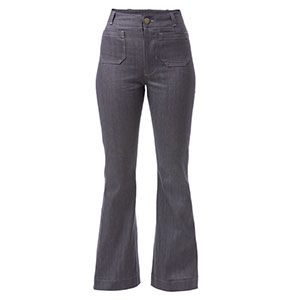
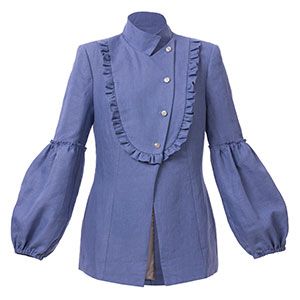
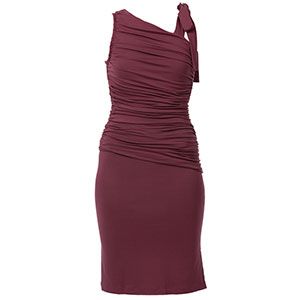
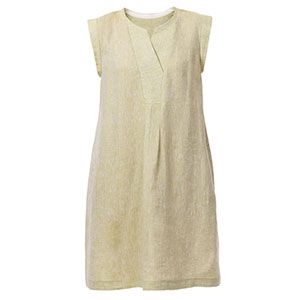
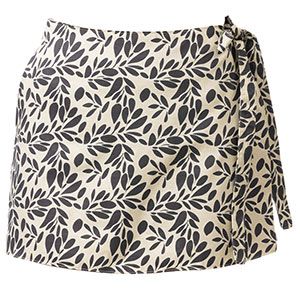
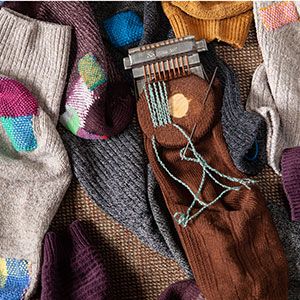
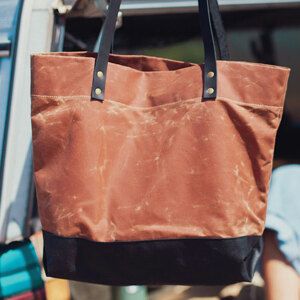
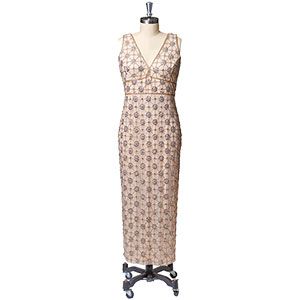

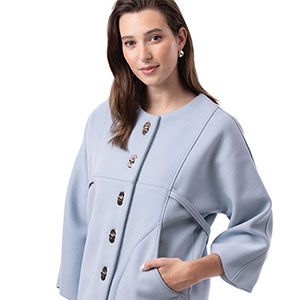
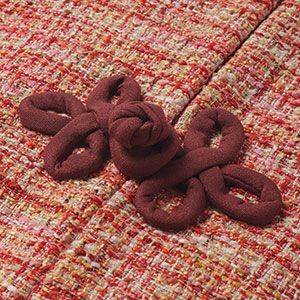
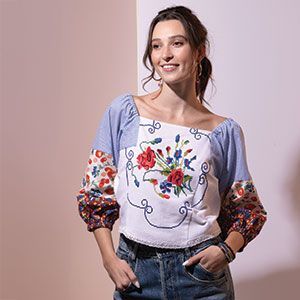







What a wonderful article! I love the way all the different colors and textures go together! So inspiring and fun!
I do not wish to continue with the 14 day free trial of threads information.
I do not want anymore emails from threads which arrive daily.
Please stop them.
J. A. Williamson.
Awesome information since I'm having a great time remaking and upcycling my clothes! I just made a heavy knit sweater (Abercrombie & Fitch $6 at Goodwill)into a short shrug to match a vintage dress. Another Goodwill jersey knit t-shirt($3)became my bias banding. I stay stitched everything before cutting the sweater apart and stay stitched the bias jersey banding before attaching it. I then hand stitched the inside banding edges down. Thanks for tips which I will utilize very soon.
Dear J.A. Williamson,
You will need to contact customer service at 800-477-8727 to update your Threads Insider membership status. To modify your email preferences please visit http://customerservice.taunton.com/taunton/_cs/FindAnswers.aspx.
Thanks,
Evamarie Gomez
Web Producer
I love that this technique utilizes smaller bits of fabric therefore keeping them out of the landfill. Great techniques.
I am still in a quandary about how to clean these items, particularly a natural fiber, such as a wool crepe, with leather, ie, a leather yoke for example. That is what is preventing me from trying this mix of those two.
Great article, is it best to dryclean garments that have been combined, such as silk and jersey, or as by Sewista wool crepe and leather?
Thanks for the information, its great that in sewing you never stop learning...
This is such timely info for me as I've been planning to reuse denim to combine with all sorts of other fabrics into new garments. Very useful information about combining wovens / knits. Thank You!
I especially appreciate the tip about stretching a loose weave fabric to fit a curved seam rather than clipping it. I am preparing to sew my daughter's princess seamed wedding dress out of hand woven silk and I need all the information about loosely woven fabrics I can find!